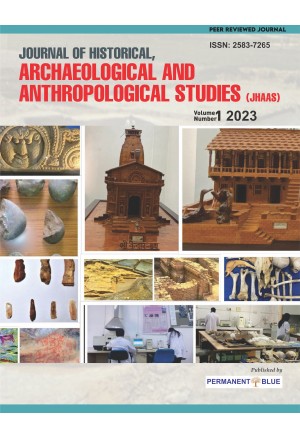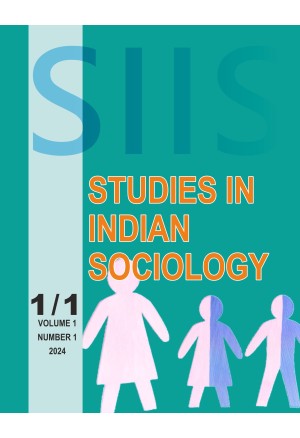Divine Botany: Unveiling the Religious and Cultural Importance of Plants in Odisha” explores the intricate relationship between flora and spirituality in the cultural landscape of Odisha, India. This review article delves into the profound religious and Cultural significance: of plants, shedding light on their roles in rituals, mythologies, and everyday practices. Through an interdisciplinary lens, it examines how plants are deeply intertwined with religious beliefs, serving as symbols of divinity, fertility, and prosperity. The article examines the specific botanical species revered in Odisha, such as the Sacred Fig (Ficus religiosa), Neem tree (Azadirachta indica), and Tulsi plant (Ocimum sanctum), among others, elucidating their roles in Hindu rituals and ceremonies. It also delves into the mythological narratives surrounding these plants, tracing their origins and symbolism in Hindu and Buddhist traditions. Furthermore, the review discusses the cultural practices associated with plants in Odisha, including rituals, festivals, and everyday customs. It explores how plants are integrated into various aspects of life, from agricultural practices to medicinal remedies, highlighting their multifaceted significance in Odia society. Overall, “Divine Botany” offers a comprehensive exploration of the rich tapestry of botanical traditions in Odisha, providing insights into the deep-rooted connections between plants, religion, and culture in the region.
Keywords: Divine Botany, Religious significance of plants, Flora and spirituality, Rituals and mythologies, Cultural practices.
Monalisha Sahoo & Chandrasekhar Bhoi (2024). Divine Botany: Unveiling the Religious and Cultural Importance of Plants in Odisha. Studies in Indian Anthropology and Sociology, 1: 2, pp. 183-200.



